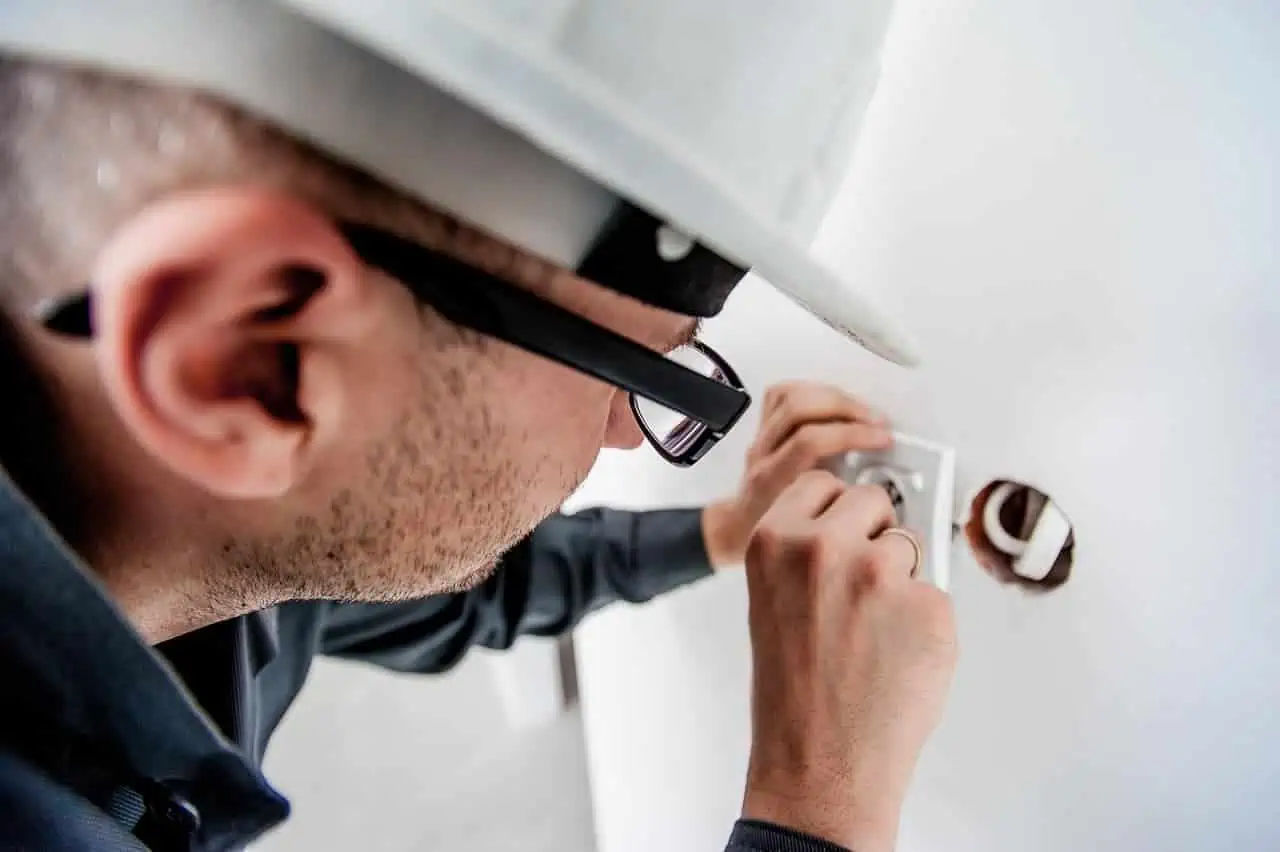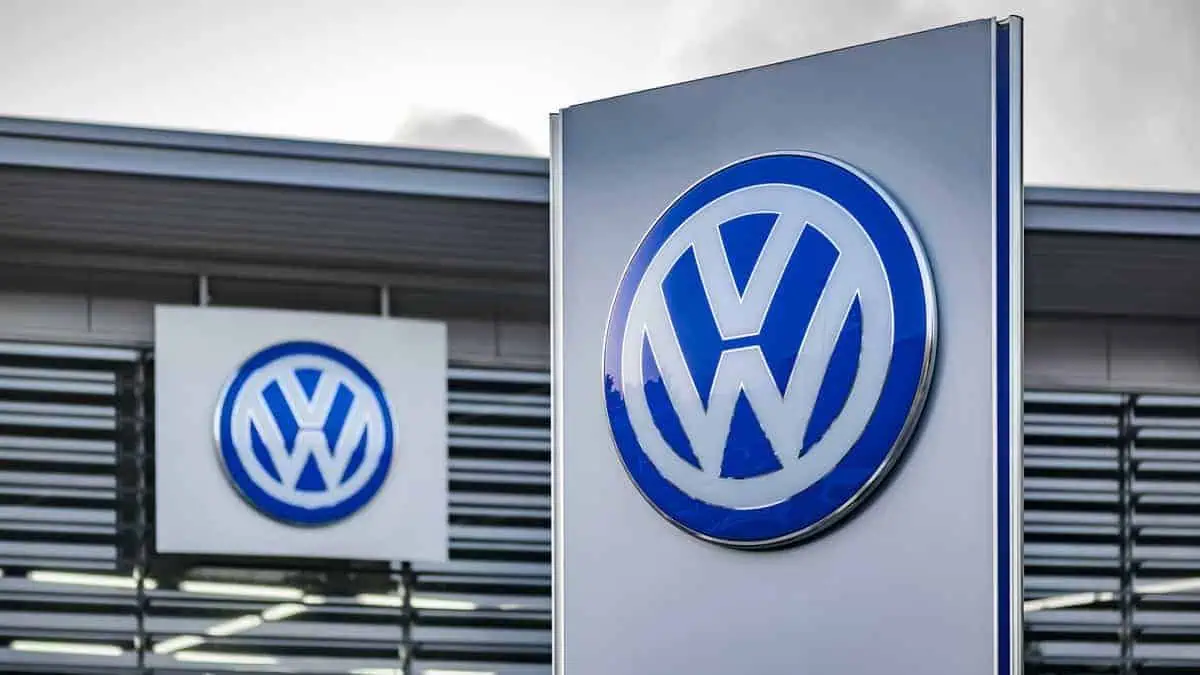The electric vehicle industry substantially employs the “lower maintenance cost” narrative to encourage customers to join the shift. True enough, battery-powered EVs (BEVs) do not require frequent maintenance owing to their fewer moving parts than internal combustion engine-powered (ICE) models.
EV vs. gas-powered vehicle
Electric vehicles cost approximately 50% of ICE vehicles’ routine maintenance expenditures, AutoZone reports, citing Consumer Reports’ analysis.
ICE cars’ maintenance apparently costs ¢3/mile in the initial 50,000 miles. It further increases to nearly ¢8/mile from 100,000 to 200,000 miles. For the entire life cycle, the cost of maintenance and repairs is just over ¢6 per mile or $9,200 total.
In contrast, EV maintenance cost is only about ¢50 compared to ICE models. In the first 50,000 miles, all-electric vehicles’ average expense is just ¢1.2/mile. It increases to just more than ¢4/mile from 100,000 to 200,000 miles.
Why is EV maintenance cheaper?
Maintenance and repair costs for electric vehicles are substantially lesser than ICE cars due to their fewer moving (mechanical) components.
For context, traditional ICE models’ drivetrain have over 2,000 moving parts. In contrast, EVs only have about 20 moving parts, eliminating the need to maintain or repair the following components common in ICE models:
- Oil change and service (every 5-7,000 miles)
- Coolant flush
- Air filter replacement
- Replacement spark plugs, drive belts and hoses
- Repairs to muffler and distributor
Moreover, EV owners can also avoid frequent brake maintenance or repair as their battery-powered models feature degenerative braking systems. Therefore, the engine receives some of the braking to produce power, which also reduces pads and calipers’ wear and tear.
Common maintenance inclusions
Electric vehicle maintenance also has fewer service inclusions. In order to help you get an idea of the common services for EV models, here is the Ford F-150 Lightning’s routine maintenance:
| Items | Schedule | Scope |
| Vehicle inspection | Every 12 months or 10,000 miles, whichever comes first | Inspects potential wear/damage on the following: brakes, cooling system, halfshaft boots, tires, steering, and suspension components |
| Tire rotation | Every 12 months or 10,000 miles, whichever comes first | Ensure even wear in all tires |
| Brake fluid change | Every 3 years, regardless of mileage | The brake fluid must be replaced to remove moisture-contaminated fluid from the system |
| Cabin air filter | Every 20,000 miles or less | The cabin air filter should be replaced |
| Transmission fluid change | every 10 years or 150,000 miles | The transmission fluid must be drained and refilled, but not all EVs have serviceable transmissions |
| Coolant change | every 150,000 to 200,000 miles or five to 10 years | Cooling fluid for the battery pack |
Other common electric vehicle services include the following (but not necessarily scheduled):
- Wheel alignment
- Tire replacement
- Brake jobs
- Wiper blades
- Bulb replacement
- Battery pack balancing
All these maintenance and repair services are important to extend an electric vehicle’s life span. Although EVs were originally more expensive than traditional ICE vehicles, they enable owners to save more money on service maintenance and gas. Moreover, many EV models have also begun to match the pricing of their gas-powered counterparts, owing to significant discounts and government incentives like the US $7,500 federal tax credits.






